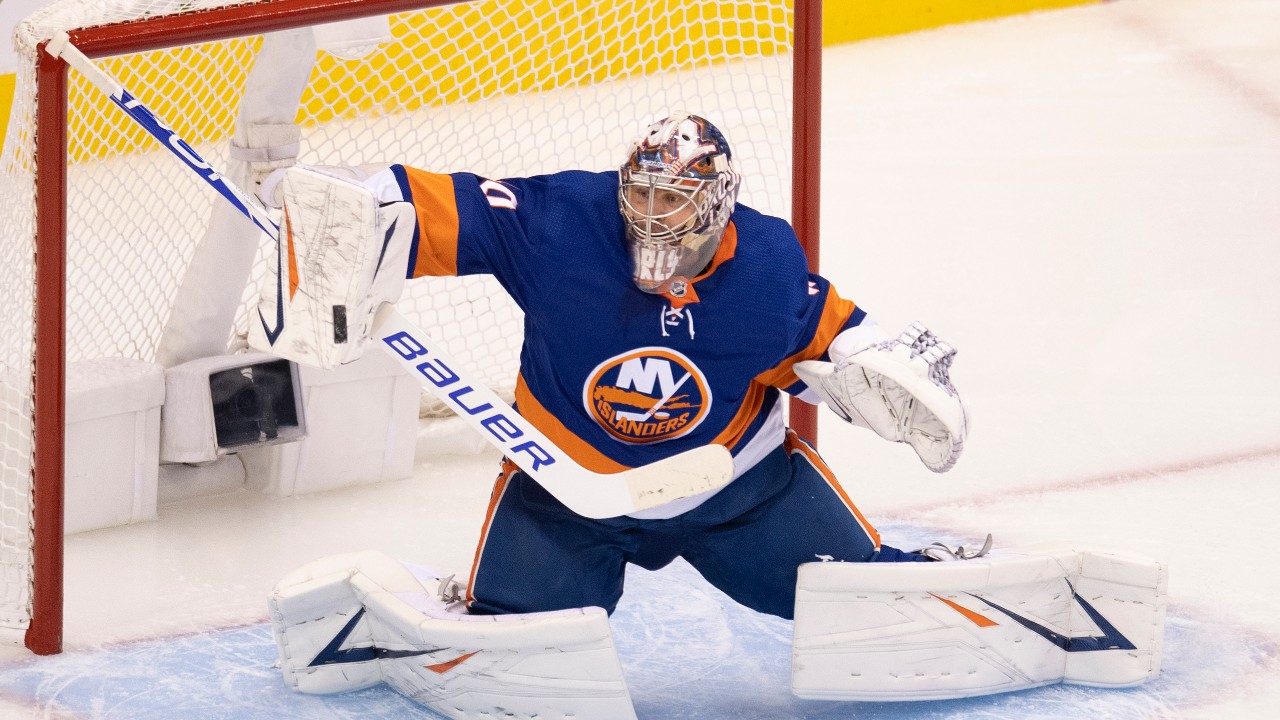In a league where two-thirds of the teams are pressed up tight to the salary cap, finding “value” has become nearly as important as finding elite players. That’s essentially the job description for NHL GMs: do the hard part first and get elite talent (which costs money), then surround that core with players who provide a value surplus on their actual dollars earned.
You can do it the way the Toronto Maple Leafs tried last off-season, by scouring the bargain bin for players with upside, but there’s a reason most of those players are available cheap. Sifting out the gold nuggets involves no small amount of luck.
An established way to find value, though, is by using players on their entry-level contracts, which come with mere six-figure cap hits, and in some cases, can provide millions more in value. And who doesn’t want that? The player wants it, the team wants it, and the fans do too. For NHL teams managing the cap, the idea of finding something close to what the best young players provide other teams being available to their team is precisely what drives a particular type of madness: prospect preoccupation. The word “preoccupation” falls somewhere between the kinder “prospect passion” and the maybe more accurate though not-alliterative “prospect delusion.” Whatever you call it, the idea of finding a great player who doesn’t cost much for a few years makes teams mentally short-circuit.
The excitement of that potential value combines with vanity to make teams fall in absolute love with their own prospects. Every team believes they’re doing something different with their drafting and development than other teams, and because they see their prospect getting better, they believe they’re doing something remarkable with that player (and not that the 18-year-old they drafted has just grown into a, say, 20-year-old). They believe they’re going to turn that player into something no other organization could achieve. It’s the cases where this has worked out – the exceptions, really – that teams cling to. Why can’t we be the team who drafted a star in the fifth and seventh rounds last year? We’re smart people. We worked hard. In fact, I bet we did.
And so swooning, they fall in love with the players they picked. They talk them up, and fans begin to cling to them too. These are their guys, and their success reflects directly on dozens of people in the front office. Their reputations have been staked, tied to the outcomes those teenagers grow to produce.
A related reminder I often find myself railing about to fans: everybody has prospects. Everybody! There are 32 teams worth of them. Just because a team has a handful of names they can say are “on the way” does not put that organization in a better position than the next team (obviously some teams are far better off than others, but even those in the worst spots often think they have a few guys coming to save the day.)
So teams cling to these guys, to the point where we get to trade deadline and you’d have an easier time wresting a talented NHL contributor from a team than a player whose ceiling is that of … a talented NHL contributor.
As Family Guy once framed it:
I presume because NHL teams want to inflate the value of their prospects, anything they leak to insiders is about how much they love their guys and how it would take a fortune, or a dream deal, for them to move on from those players.
The whole arrangement feels off.
I spent two seasons on staff with the AHL’s Toronto Marlies, and in that time I saw a huge volume of players join and leave the organization. I saw 15-20 players move up to the NHL, with over a dozen sticking around for meaningful careers. I saw a dozen more fall short of expectations, including some names that the organization and fanbase had high hopes for.
The reality: when it came to those who fell short, the organization almost always knew first. Like, well-well before other teams and the general public. And that’s not a Marlies/Leafs secret. Teams try to keep the early concerns in check for obvious reasons. Players develop at different speeds, and it’s very possible that a player who starts slow will come around. You’d hate to move off a guy who just needs fair time and development to find his stride, which is the point of the minor leagues. You never want to write anyone off, particularly someone who the team has invested time and money in.
But there are numerous reasons careers can veer off course, and most of the ones I’ve seen after a life in hockey are common human reasons. It’s easy to understand for me, as I wasn’t born with some innate inner engine to be the best hockey player I could be. Some players are immature teens and like to party. Some guys just hate to work out, other guys like it too much. Some guys are outright dissidents. Some guys are emotional and sensitive and go through the same relationship drama other 18-24-year-olds go through. You know who knows all this stuff best and understands it most? Other players. They’re the ones who see it and live it and interact with one another on a daily basis. Even as a player I dressed beside super-talented guys who I could’ve told you would submarine their own career potential by how they lived off the ice.
Sometimes the room just knows, and that bleeds into the coach’s office.
All this explanation leads to my point that I can’t believe more teams don’t trade their prospects when they feel like things are off, and before other teams know.
That probably sounds heartless, because who among us didn’t need time to mature and grow up and sort our lives out? Who among us didn’t need second chances? We all did, and teams should grant those players that much. But there’s no case to be made here that teams hang on to prospects out of the goodness of their hearts, because they believe these guys need a second chance. Have you seen how pro hockey operates? It’s a ruthless dog-eat-dog business, and teams aren’t shy to remind players of that when it comes time to do said business.
They’d ship a 19-year-old to the south pole if they could quietly make their teams one per cent better. They don’t move these players for the reasons I outlined above: they’ve hitched their wagon to them, staked their own reputation on them, and trading them is admitting a personal failing. They didn’t see a problem coming (where it might not have been foreseeable anyway), and they view dealing prospects as a black mark on their own drafting. Hanging on to prospects through concerning signs is rarely rooted in moral virtue.
As teams move towards the trade deadline, I’d argue that one of the most underutilized ways to improve would be by using their prospect capital to gain actual, realized NHL talent – guys who they know provide value on their current deals. Teams love the idea of trading for not just draft picks, but guys who are a little “closer.” You can get real players back.
Yes, when you trade a prospect, you open yourself up to that player taking a developmental leap and making you look foolish. There’s fear there. But I also think if you traded every player that made your organization close its doors and say “team, I don’t like the way this guy is trending,” I’d be willing to bet they’d come out on the right side of deals more often than not. As I said: these teams usually have some idea that things are off first.
It’s cold. It’s impersonal. But this is the business of professional sports, not house hockey.
So as the deadline approaches, that’s something for fans to consider. If a team trades away a prospect, it’s very possible they’ve had internal discussions that sound something like “there’s no guarantee this guy doesn’t become a bonafide player, but I’ve got enough concerns to think we should move him while his name still has cache.”
“It’s a business,” is a lesson teams are willing to teach over and over again … but only when it doesn’t reflect poorly on their drafting. A team willing to face up to picking imperfect players, and moving them before they flame out with nothing, will have found a new sort of market inefficiency.











